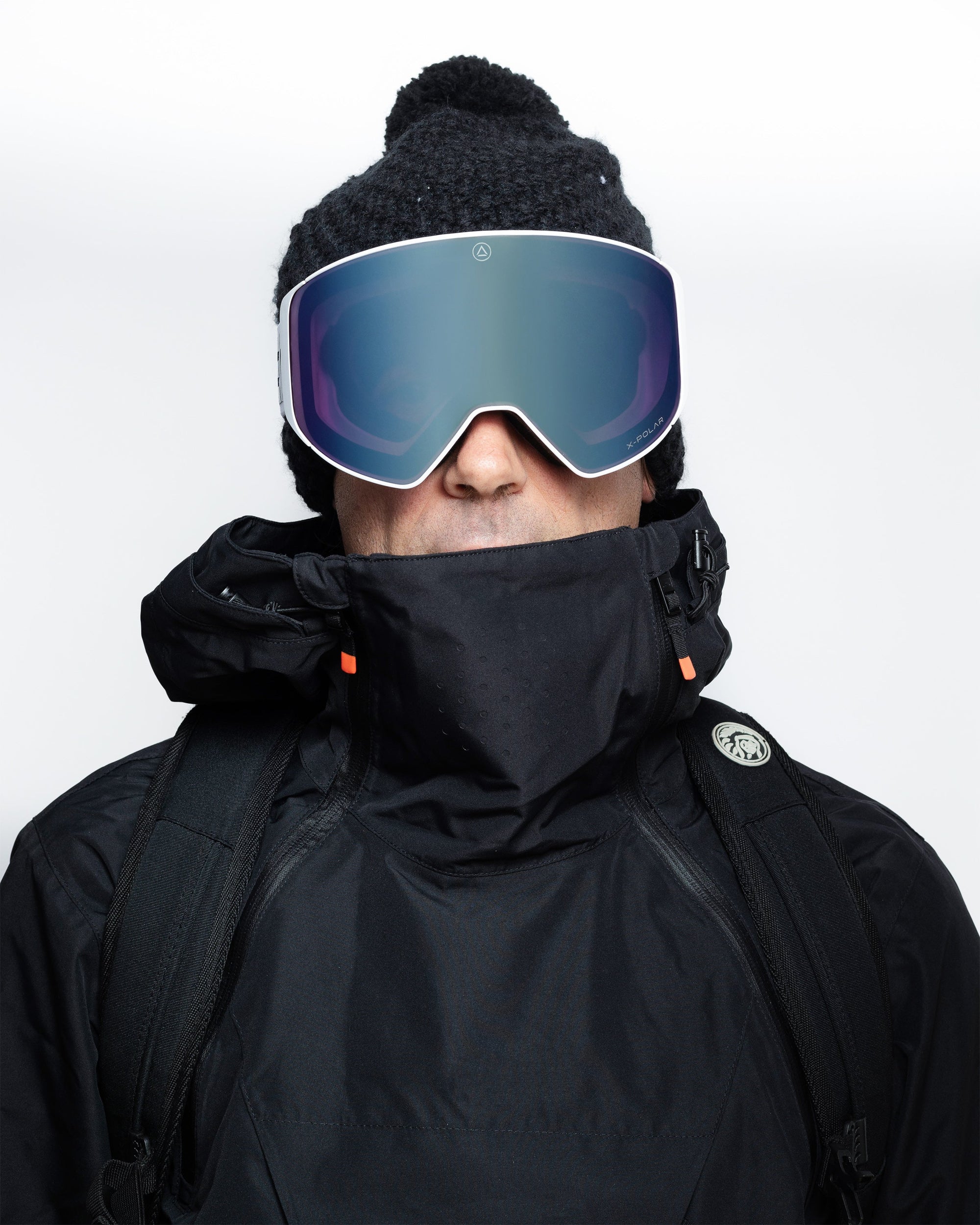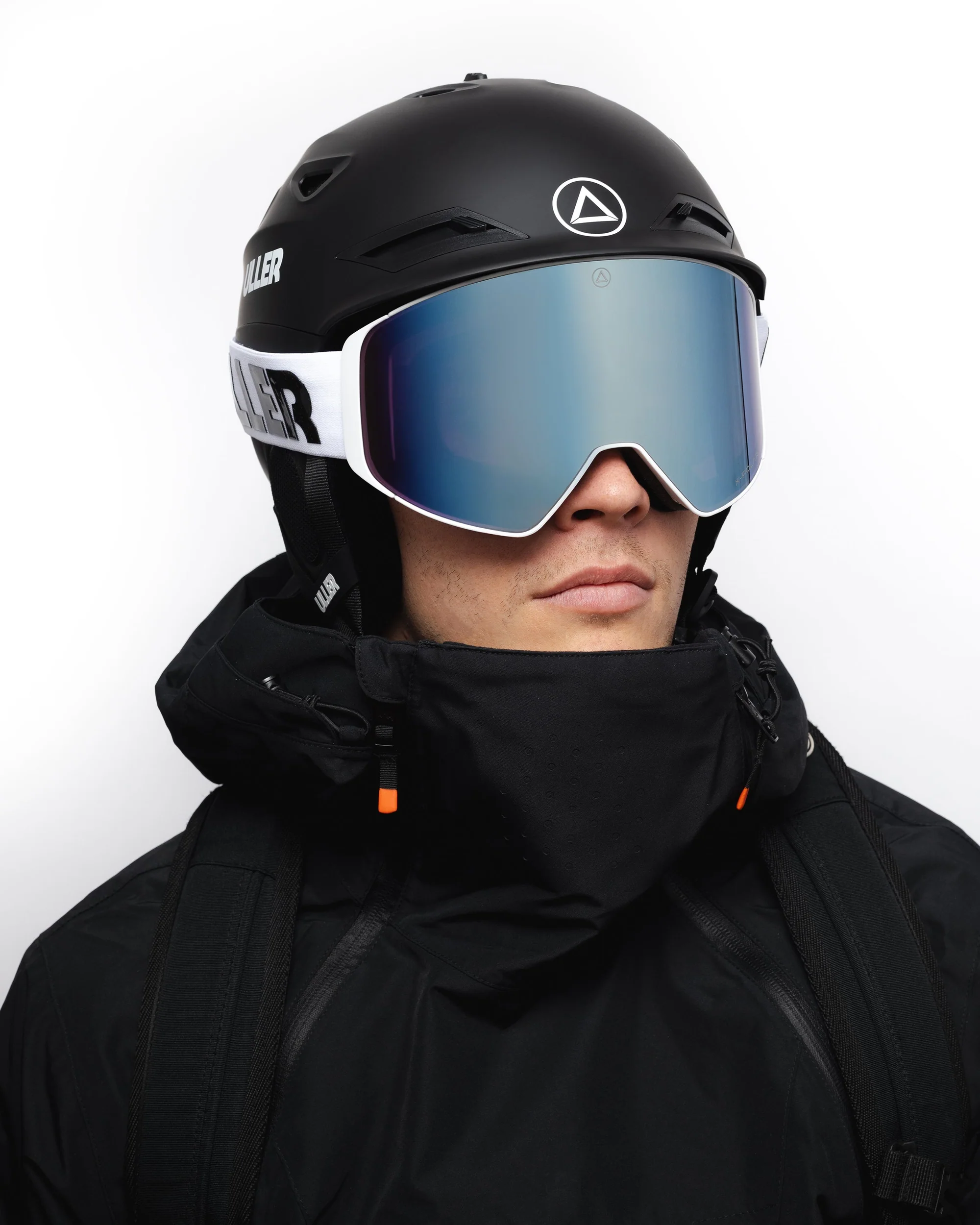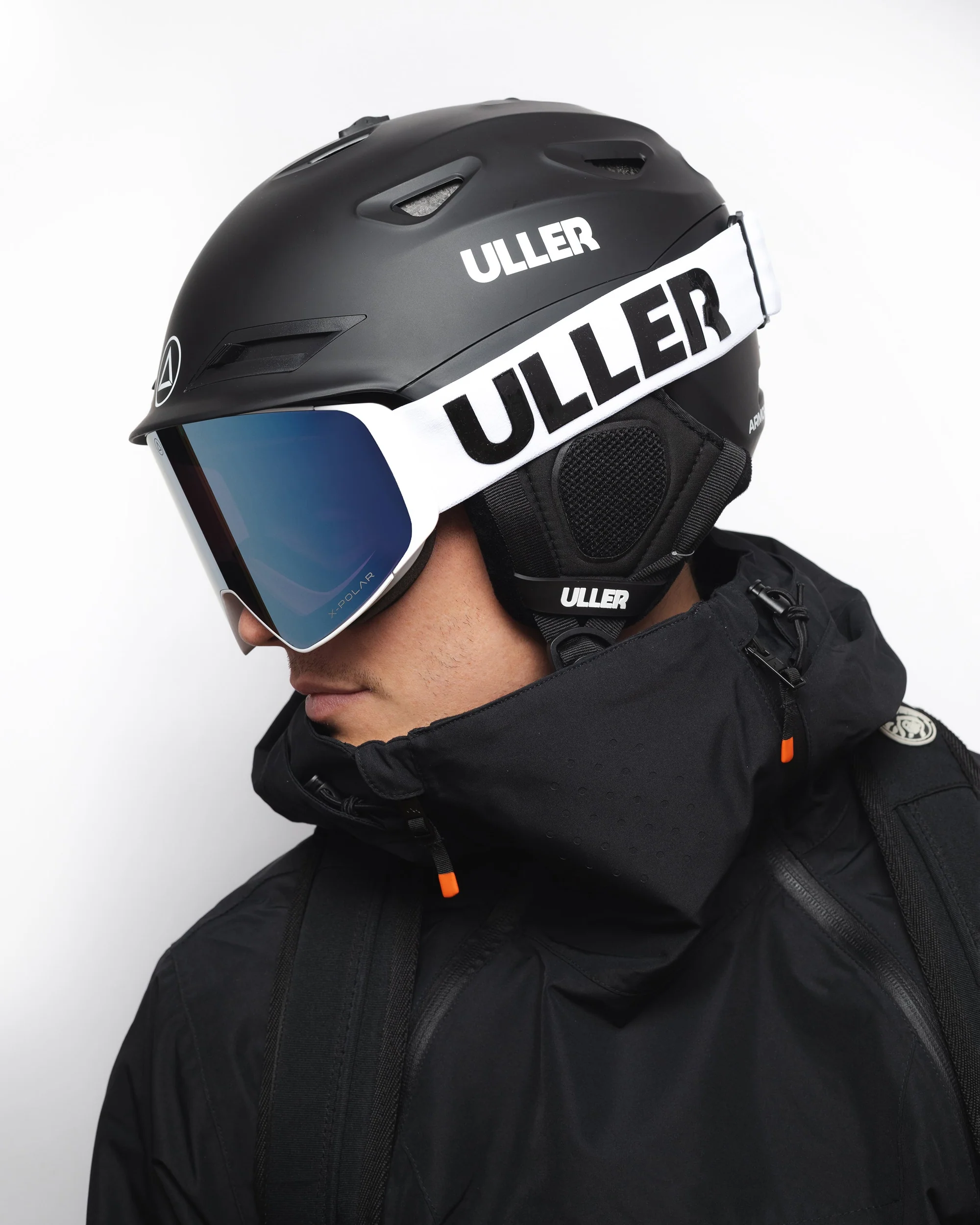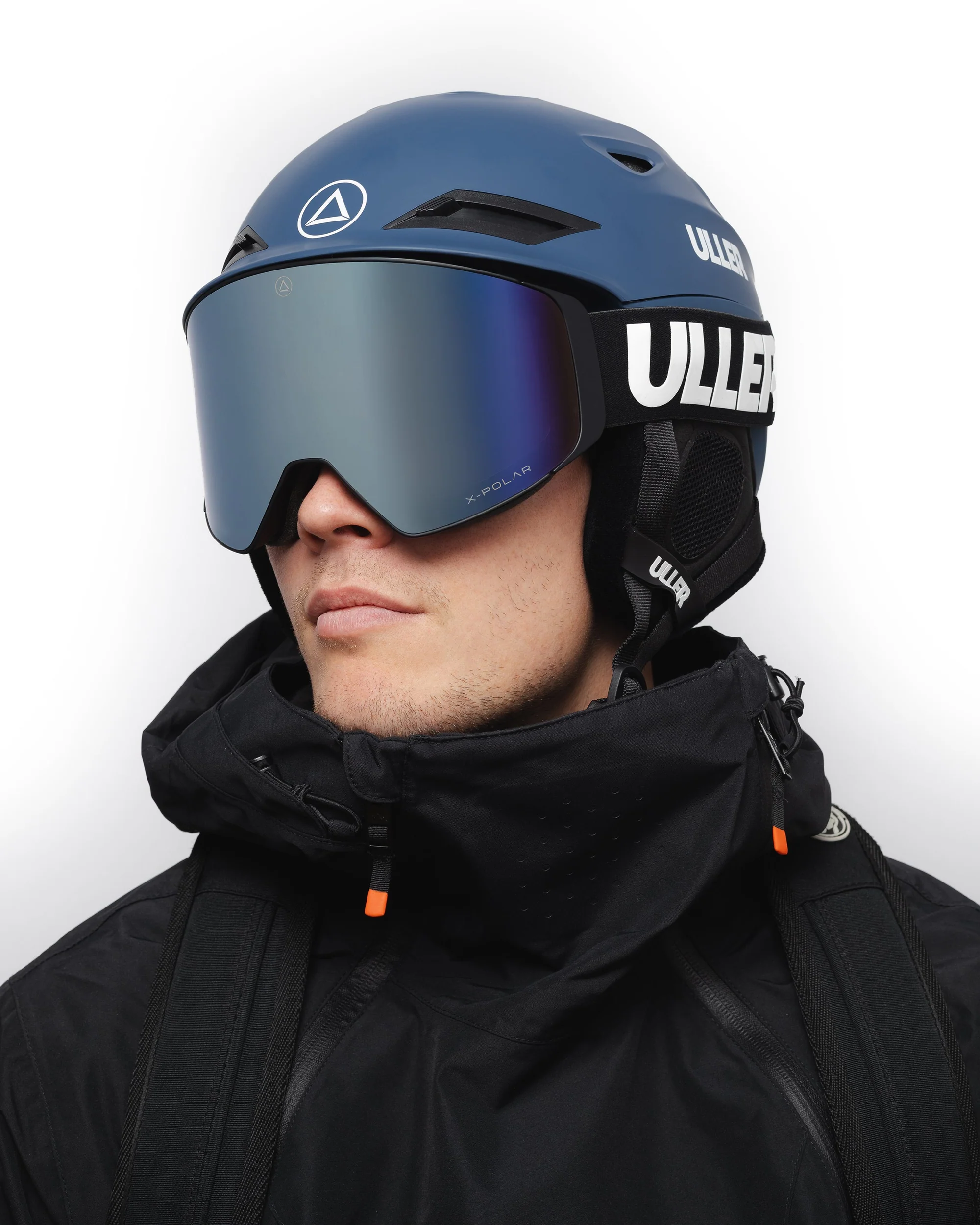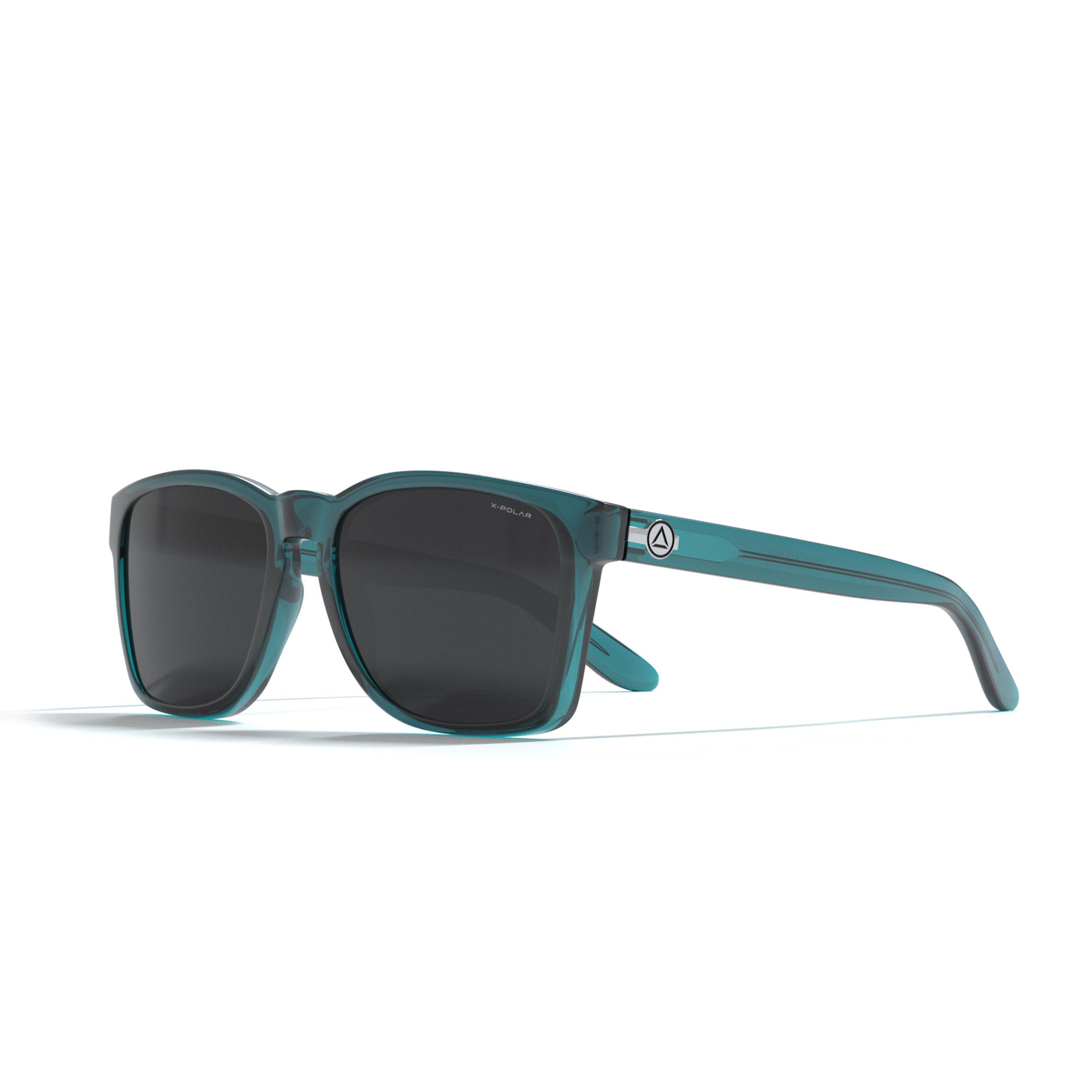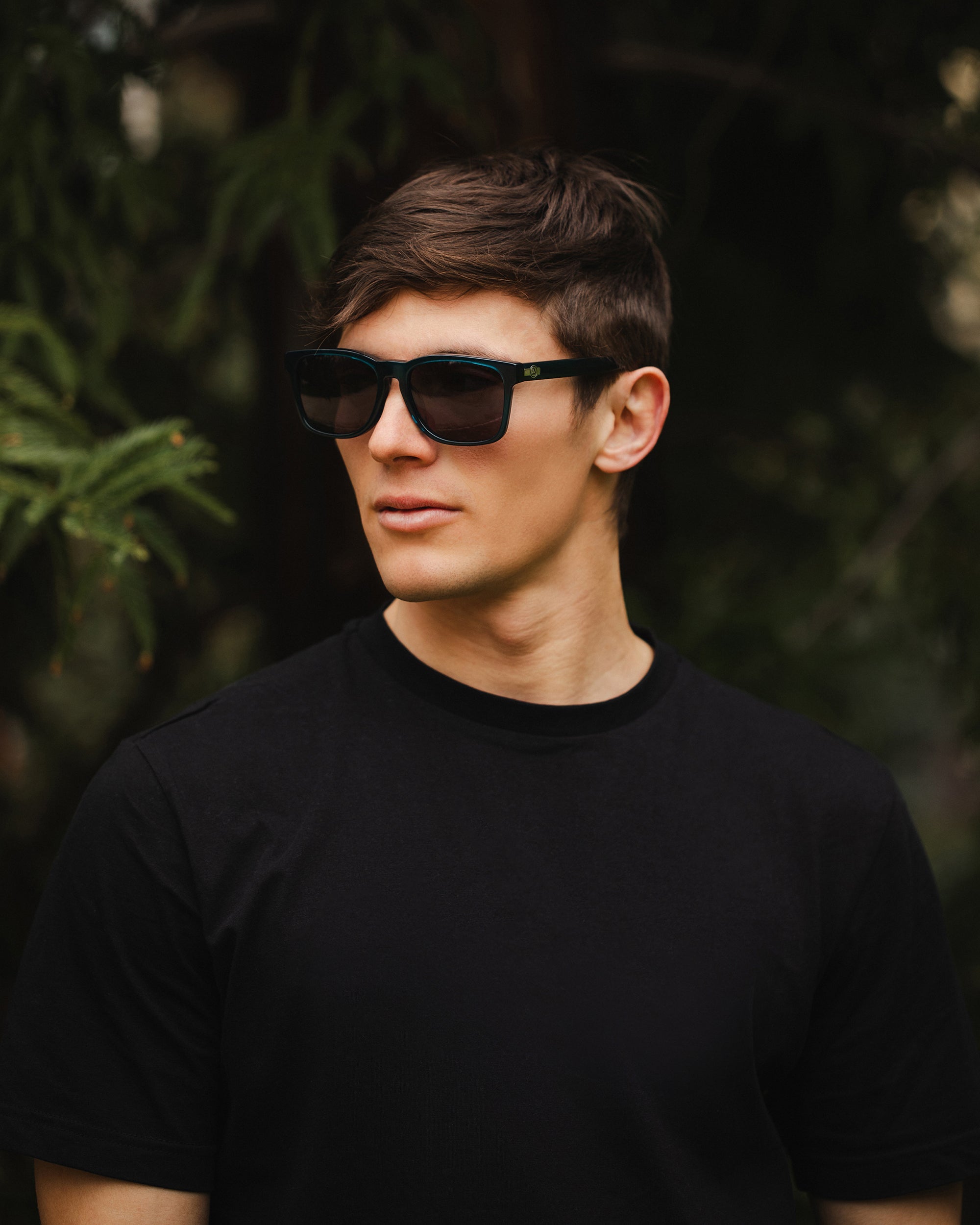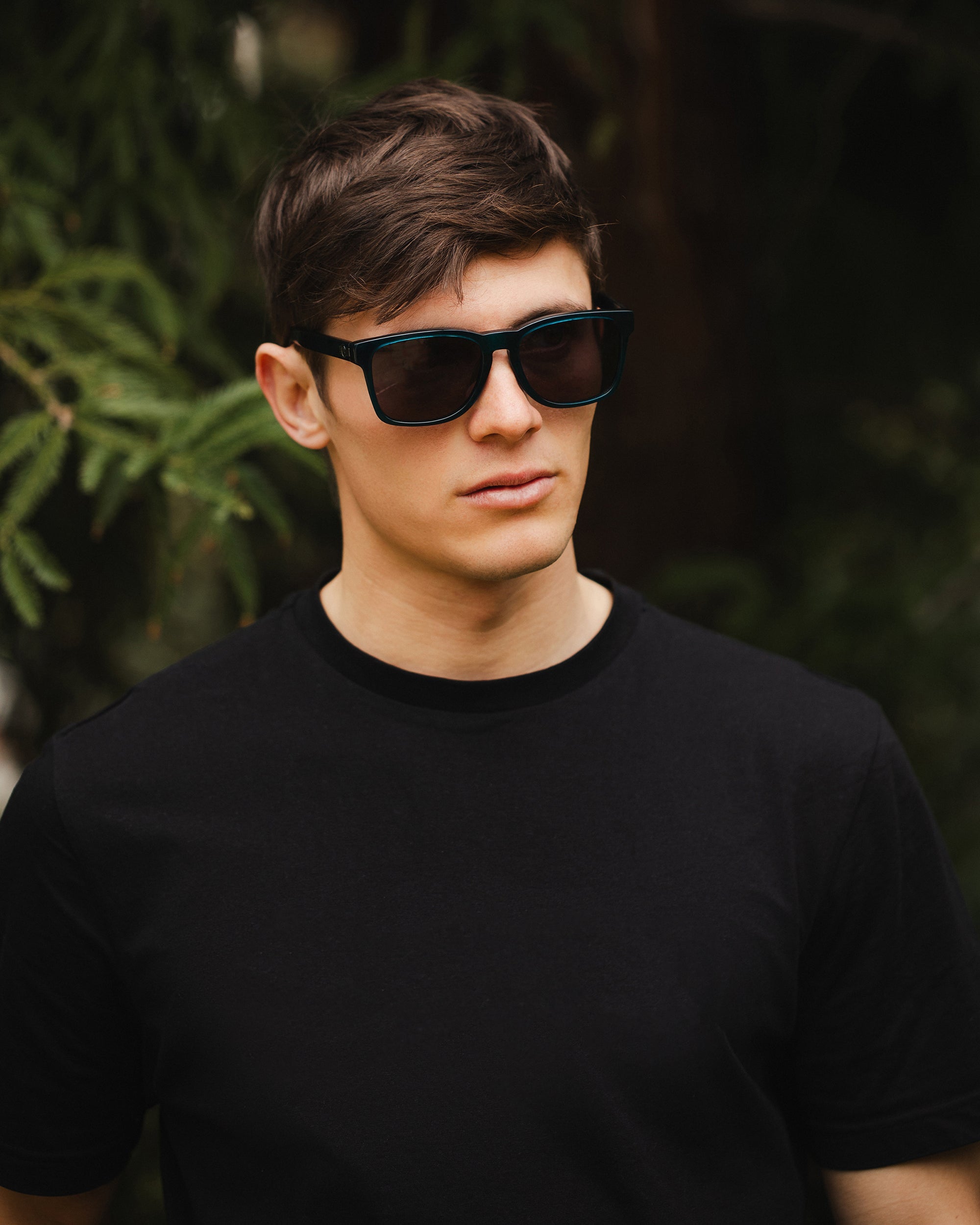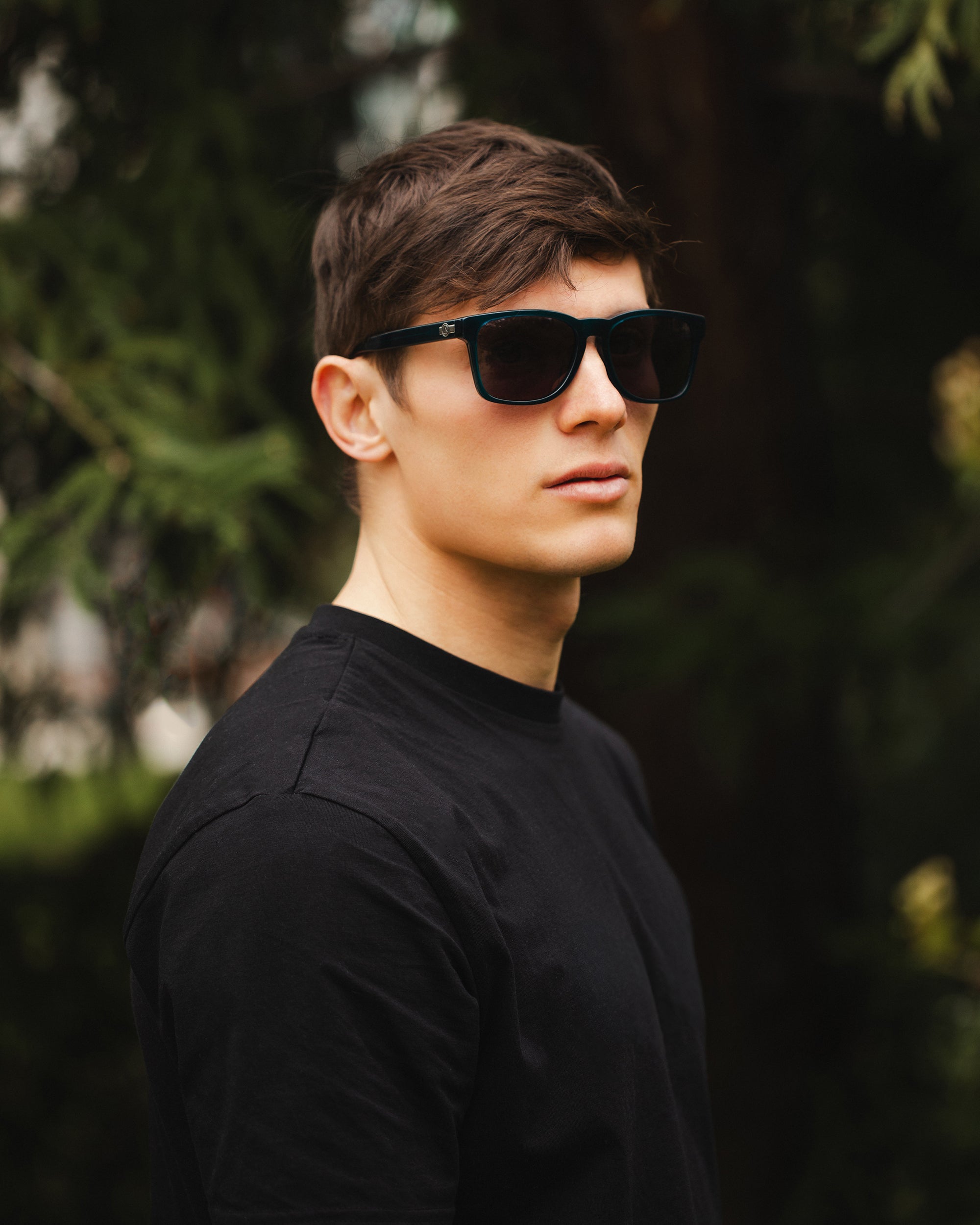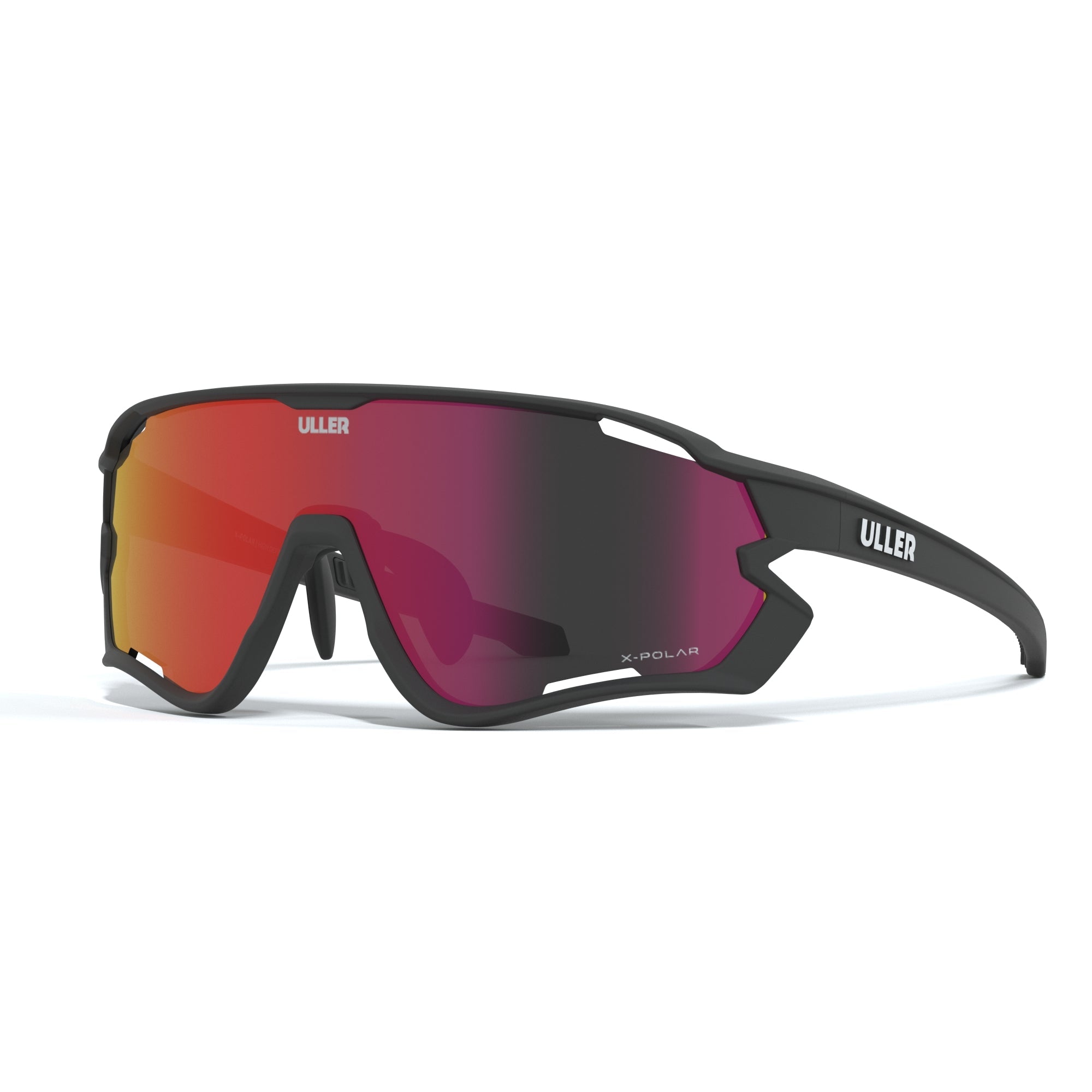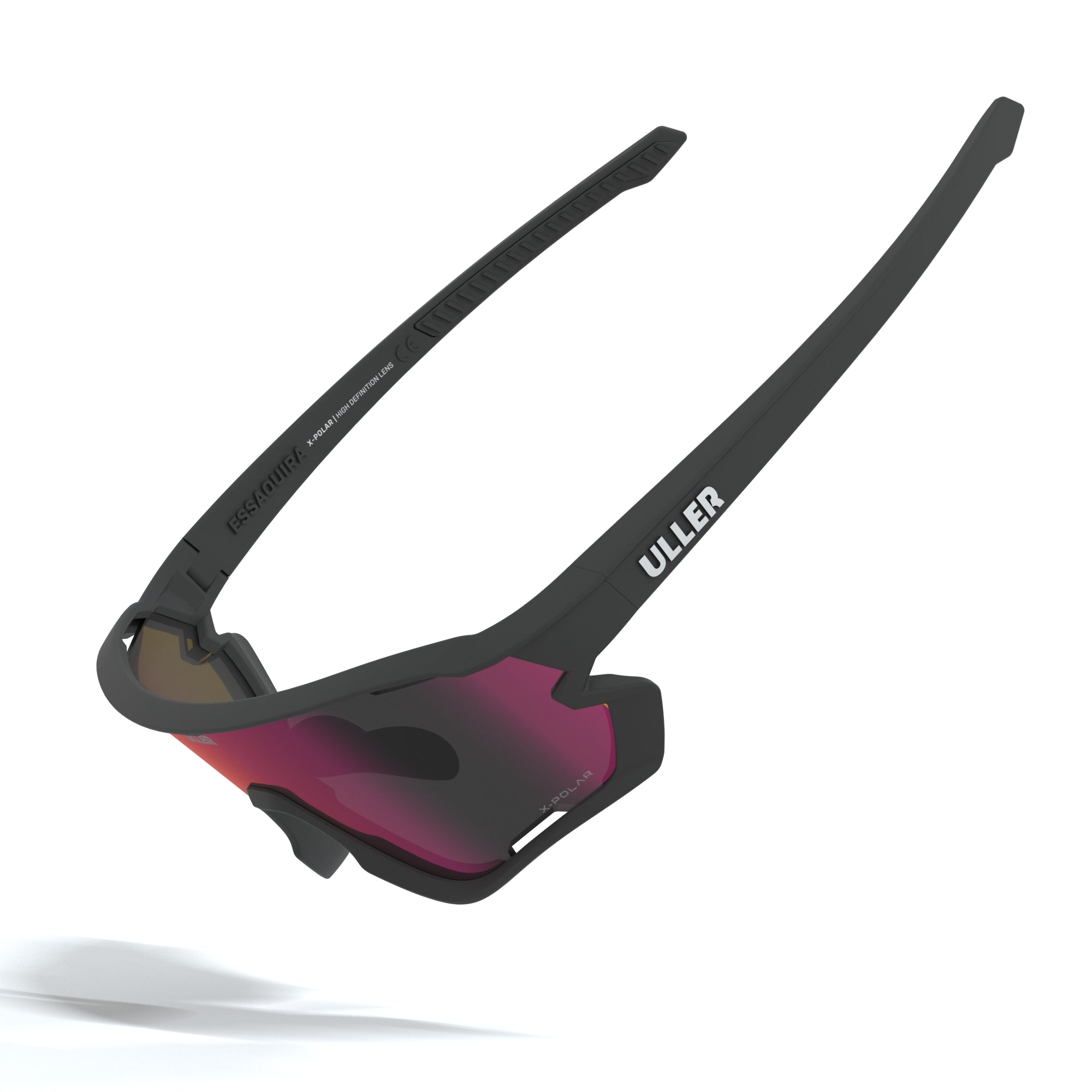When they talk to you about cycling, who goes through your mind? A man with cycling glasses, helmet and tights, climbing a hill in the middle of a peloton, or a woman reaching the finish line, imposing, tired and happy?
We are quite sure that names like Induráin evoke more than others like Jeannie Longo or Joane Somarriba. This may be due to the fact that cycling has always been understood as a masculine sport, and many highly qualified cyclists have been needed to change the course of this discipline.
In today's post we tell you the story of 10 women cyclists who have not only gone down in history for their achievements and medals, but also for turning cycling into a cry for equality and respect between men and women, They gave women's cycling a voice and image.
Annie Londonderry
Annie Cohen Kopchovsky, commonly known as Annie Londonderry, has gone down in history for being, in addition to being a great journalist, a woman with a strong adventurous spirit, who went down in history for going around the world on a bicycle.
Annie is born in 1870, in Latvia, and moves when she is still a child, to live in the United States with her family. Londonderry's childhood was uncomplicated compared to the quality of life that prevailed at the time; he married, had four children, and helped support the family economy by selling advertisements to local newspapers.
It was in 1894 that Annie's life changed completely, when two Boston businessmen challenged her, in exchange for $10,000, to go around the world on a bicycle. The would-be cyclist accepted the challenge, and on June 25, 1985, she began pedaling from Massachusetts, outfitted in a long skirt and a bicycle with a sign attached to the back of it announcing "New Hampshire's Londonderry Lithia Spring Water," a company that paid Annie $100 for promoting her.
15 months later, the New York Times published a story following the following headline: “Miss Annie Londonderry has arrived in New York after cycling around the world”.

Tillie Anderson (1875)
Tillie Anderson was born in 1875, in a world that still did not accept that women could cycle, run, or practice any type of sport, still understood as an exclusively male competition.
Anderson was born in Sweden, but developed his cycling career in the United States. During her adolescence she worked as a seamstress and was saving everything she had to buy her first bicycle. And he did. Characterized and known for being a determined person with a strong character, Tillie began, at the age of 18, to compete in cycling circuits, to win, and to break records that had not been surpassed until her arrival. Although he also excelled in other endurance sports and had very good times in foot races, his passion was cycling. He participated in more than 130 races throughout his life, finishing first in all but seven of them.
Tillie was 20 years old when she was recognized as the best female cyclist in the world.
In 1896, Susan B Anthony, a leading woman in the field of struggle for human rights, and known for the important role she played in the battle for women's suffrage, stated the following: "Let me tell you what I think about cycling. He has done more for the emancipation of women than anything else in the world. Cycling gives women a feeling of freedom, of self-confidence. I support and get excited every time I see a woman pedaling on two wheels… I see the image of free and unlimited femininity.”

Hélène Dutrieu (1877)
We talk about Hélène Dutrieu in this post because of her relevant role as a cyclist in the history of the sport, but the rest of this woman's resume is, to say the least, worth mentioning. Dutrieu was also a cycling champion, race car driver, nurse and ambulance driver during the First World War. She was the second female aviator in history.
This reference icon for all was born in 1877 in the Belgian city of Tournai. At the age of 14, he had to drop out of school and start earning a living, since his father was unemployed and economic needs were piling up on them. At 15, when she gave up trying to find a job that suited her tastes, she decided to head towards a new path, that of cycling competition, which was gradually opening up towards female participation. It was then that she began to really interest you in this unknown sport to date for her, especially in speed racing, where she turned out to stand out far above the rest. Her reputation began to grow and soon she crossed the barriers of Belgium and the world began to call her "the human arrow".
Among Hélène's most important prizes, we highlight the Record of the Hour (1895), the world track speed championship (1897) or the European Grand Prix (1898).
In addition, Dutrieu also approached the world of entertainment; Between competition and competition, he participated in different circuses and theaters, where he performed incredible acrobatics and jumps with his bicycle. Sometimes he also helped himself with a motorcycle or cars.
Hélène overcame the barriers of the impossible, and turned her life into a constant list of achieved challenges.

Alfonsina Strada (1891)
Alfonsina Strada also changed the history of women's cycling in 1924, when she competed, surrounded by men, in the “Giro d'Italia” cycling race.
It is not surprising that she became a benchmark and a symbol of freedom for women of her time since, long before becoming known worldwide, Strada was already breaking records on pedals.
At the age of 10, he discovered the world of cycling, and felt that he was born to practice it. In 1911 she was already crowned with first place in the women's La Hora record in which, in addition, she made the best mark in history. In 1917 he decided to sign up to compete in the Giro de Lombardy, a race in which, until now, only men had participated. It was ranked 32. However, parallel to Strada's euphoria and happiness for giving a voice to women athletes and for seeing her work recognized, the organizers of cycling tournaments and competitions did not find it pertinent for this woman to enter the world so fully. of cycling, for which reason women's participation in the championships was strictly prohibited. Therefore, the Giro d'Italia on 24 was beyond the reach of Alfonsina, who, competitive and a fighter until the end of her days, promised herself that she would participate in the race.
Some of the organizers and sponsors of this world-famous event helped her register, in secret, under the name of Alfonsín Strada, and thus, under a male pseudonym, the cyclist was able to participate. Although her identity was discovered and she was disqualified from the race, Alfonsina decided not to give up and reached the finish line unofficially. She became the first, and only woman in history to participate in a Giro d'Italia.
The bicycle became an icon of the fight for equality, a flag that waved for women's rights, and Alfonsina was the great and eternal bearer of its mast.

Beryl Burton (1937)
It was determination and not ease that led Beryl Burton to become a British legend of women's cycling and sport in general.
Far from wanting to stand out as a professional cyclist and fill her medal room, which is curious because she ultimately won over a hundred national and international titles, Burton decided to train her entire career as an amateur cyclist. He worked in the fields and on the farm, which allowed him to develop a strong body, and the rest of the time he spent pedaling, reaching almost a thousand kilometers a week.
Burton stood out above the rest in the track and road categories, and although he did not have too many awards or recognitions, we could say that his most outstanding achievement took place in 1967, when he won an endurance race in the one that men and women competed equally.
The cyclist always had the support of her family and her husband, who helped her enroll in cycling clubs and resolved any possible doubts she might have regarding the mechanical aspects of the bicycle. Her perseverance, her competitive character, her skills on the wheels and her determination made her, for 25 consecutive years, the best British cyclist in history.

Marianne Martin (1957)
One summer of 1984, Marianne Martin crossed the finish line on the Champs-Élysées becoming the first woman to win the women's Tour de France.
Although this circuit had already threatened to create a route for women cyclists in 1955, it was not officially held until 1984.
Before taking up cycling, Martin was a runner, but due to a back injury, her career as a runner came to an end to start a fruitful stage on wheels. The cyclist developed a pure passion for cycling, she liked to train, compete and win, and it took her a few years, although loaded with effort, doctors, therapists and a lot of mental strength, to reach the highest level.
The 1984 Tour began to warm up when Marianne decided that she had to participate, no matter what, even if she still did not feel strong and recovered from her bodily injury and the strong anemia that she suffered every spring. Nevertheless, Marianne began to train, in an intelligent way, with limits, with objectives. The first big step to reach the competition was taken when her selection in the American team for the women's Tour de France was confirmed.
Hard and conscientious work together with the capacity for sacrifice, observation and knowing how to learn from others, led this American cyclist to win the first women's Tour de France ever held.
After achieving this challenge, Marianne gave up cycling, opened a photography business and replaced the bike with horses. Dreams are unlimited, and the ability to make them come true, apparently, too.

Jeannie Longo (1958)
Jeannie Longo is probably the greatest cyclist of all time. She was born in France in 1958 and found no rival to knock her down at any time in her career. Perhaps for this reason, the toughest opponent she encountered throughout her life was herself.
The cyclist tended on many occasions to break her own records, actually trying to beat her own mark in the hour challenge 15 times, all frustrated. Longo dedicated herself to breaking down the barriers she herself had built, to overcome them and reach further.
His 12 world titles, four Olympic medals, almost 40 medals between world championships and French championships, and three participations in 3 Tour de France, among many other awards that add up to his record They did not appease the cyclist who was sometimes even criticized for her strong character and her controversies with other runners and athletes.
Among his many interests, there were also the business world, material innovation and nutrition, and he applied them to cycling and sport in general. In addition, he graduated in mathematics at the university and excelled in other competitions such as skiing.
His ambition for him had no limits and he continued to compete until he was 53 years old. Unfortunately, she was involved in several doping cases that somehow overshadowed her brilliant career.

Joane Somarriba (1972)
We are especially fond of this cyclist because she represented Spain in three Tour de France.
The Basque athlete was born in the town of Sopelana in 1972 and began to feel a passion for cycling thanks to her father, who enjoyed taking long walks near the sea on his bicycle and accompanied by his three daughters, one of them, Joanne. Before turning 10, Somarriba was already enrolled in a cycling club, and as a result of that moment, the cyclist began to stand out. In 1986 she was proclaimed champion of Euskadi, and the following year, of Spain.
In 1991 his career came to a standstill, at first definitively, when a surgical intervention, caused by a herniated disc, completely paralyzed his body and he was informed that he would not return to the world of cycling ever. But the mind is powerful and so is the desire to live, so after a year of effort, rehabilitation and courage, Somarriba got back on her bike, and three years later she was awarded the prize of Spanish champion again. To this were added consecutively two wins in the Giro Donne and his debut in the Tour de France. After two consecutive defeats on the Tour, in 2000, he managed to cross the finish line with a gold medal as his reward.
In 2005, the cyclist considered that it was a good time to retire from professional life, since she had achieved her dreams. Once again, insight and the desire to excel paid off and made Joane the best Spanish cyclist of all time.

Nicole Cooke (1983)
It must be very rewarding to celebrate an Olympic medal and a cycling world championship in the same year, right? Well, Nicole Cooke, a British cyclist, was proud to do it at the age of 25.
Like so many others, Cooke's dream was always to participate in the Tour de France and win an Olympic medal, and far from remaining just a wish, and aware that his ambition exceeded the limits of comfort, he began to fight, at the age of 11, to get what he wanted.
As her career as a professional cyclist progressed, she became the youngest woman to win the British National Championship in the road category, at the age of 16.
Nicole managed to cross both the Tour and the Olympic medal off her list, but not without suffering and learning to deal with defeat beforehand. After losing in the attempt in her debut at the Athens Olympics, the cyclist reached gold at the Beijing Olympics in 2008. As far as the Tour is concerned, Cooke was proclaimed winner in 2006 and 2007.
The cyclist withdrew from her professional career in 2013, and she strongly criticized through the media that she disappeared from her, in 2009, the female category of the Tour de France.
In 2021, after 12 years frozen, the Tour once again welcomes women on its roads.

Marianne Vos
This Dutch-born cyclist started racing at the young age of 8, and ten years later she was already an established professional athlete. A fan of cycling since she was a child, she began to dream and imagine herself competing in the famous Tour de France. Imagination became tangible and Marianne Vos began working to go further than anyone in the world of cycling.
He excelled in the modalities of track, road, mountain biking and cyclocross, acquiring his first world title in the Cross and Road categories at the age of 19. Her career was promising and the cyclist did not disappoint: in 2008 she won Olympic gold and continued to increase her record exponentially.
At the age of 25, Vos had already participated in five Cross Country world championships, she had been crowned world champion twice, Europe once, and enjoyed her well-deserved Olympic medals.
Although everything seemed to be glory and happiness in Marianne's life, the athlete also suffered. Excess training, pressure from the media and the intoxication of having achieved everything, led the cyclist into a void in which she felt overwhelmed and lost, and finally plunged into depression. After three years of rest, recovery and efforts to achieve the desired mental health, he got back on his bike, competed, and reached the podium.
Far from wanting to become a famous person, guided by what to say, how to say it and what to look like to present to the public, Vos became deeply involved in the task of making women's cycling visible, fighting for equality between men and women and not only in cycling, but in all aspects of life and in opening doors, motivating and giving voice and power to all girls and women who want to get on a bike and pedal.
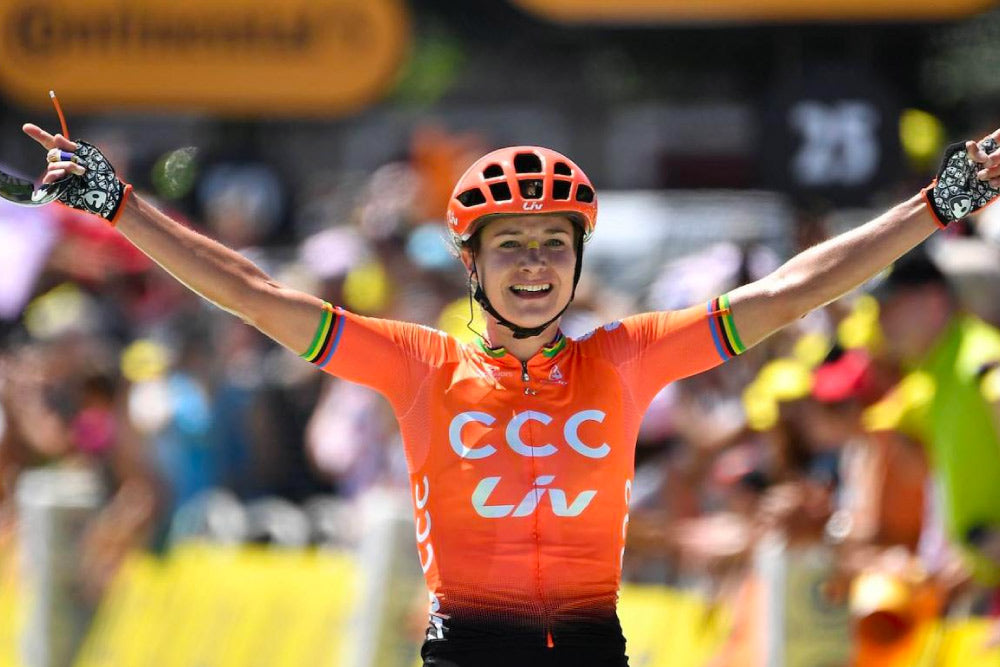
After this journey through the stories, experiences and achievements of these 10 women, we hope that, if you like cycling, you start practicing it today and, if it is not this sport but another that occupies your mind and your dreams, you will we encourage you to pursue it. If a woman could go around the world on a bicycle in the 19th century, does the impossible really exist?



















